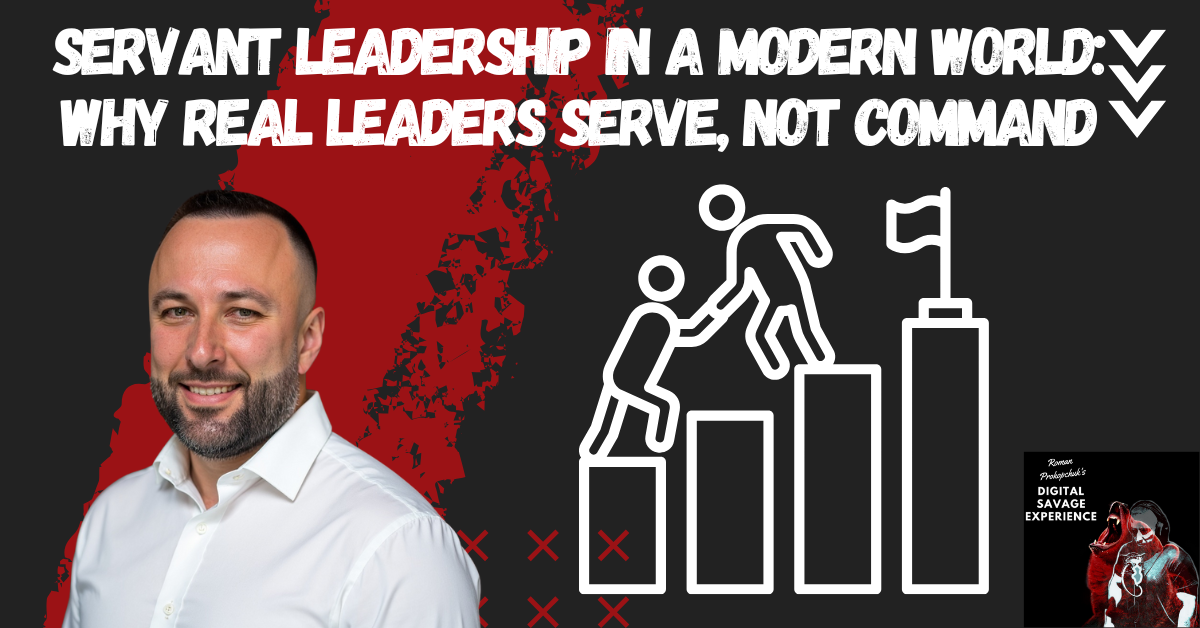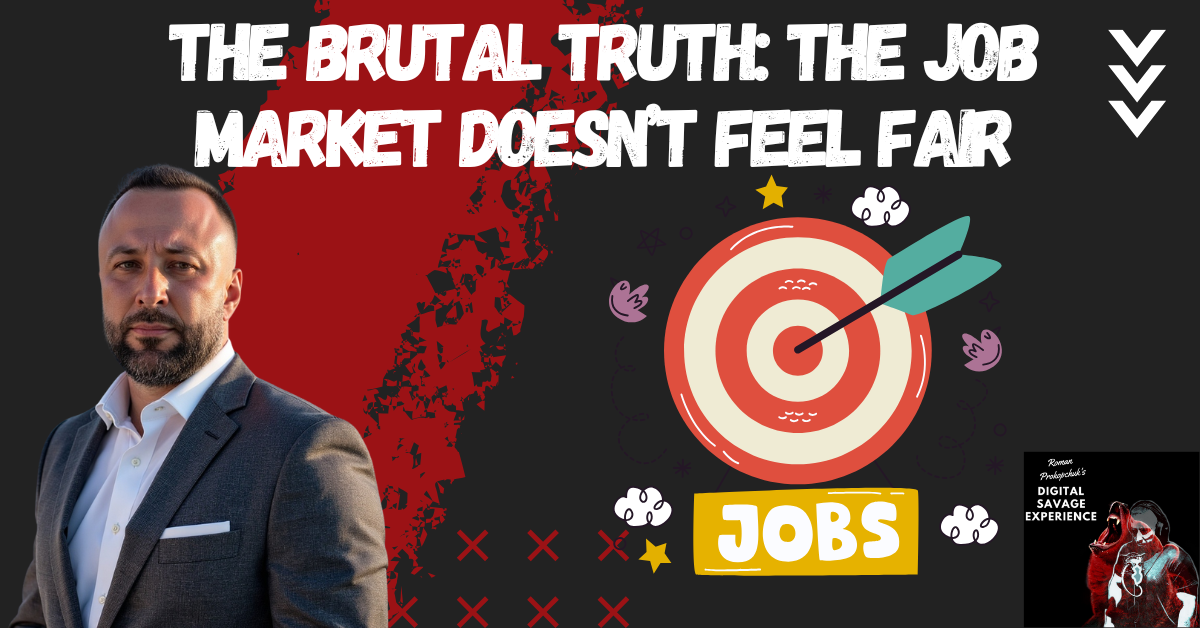
Servant Leadership in a Modern World: Why Real Leaders Serve, Not Command
Leadership today is often confused with authority. Many people equate being in charge with standing on a pedestal, barking orders, and expecting compliance simply because of a title. But the most effective leaders the ones who build strong teams, loyal relationships, and lasting impact lead completely differently. They lead from the front, shoulder-to-shoulder with the people they serve. They embody humility, courage, purpose, and conviction.
Great leadership is not about being elevated above others.
Great leadership is about elevating others.
The Failure of Pedestal Leadership
Leadership from a pedestal is rooted in insecurity and ego. It creates fear rather than trust, obedience rather than ownership, and compliance rather than excellence.
Signs of Pedestal Leadership
- Leaders speak far more than they listen
- Orders are given without explanation
- People follow because they must, not because they want to
- Mistakes are punished instead of used as opportunities to grow
- The leader’s authority is fragile dependent on position, not respect
Teams under pedestal-style leadership often:
- Underperform
- Hide problems
- Lack initiative
- Resent leadership
- Operate in survival mode instead of growth mode
Servant Leadership: Strength Through Service
Servant leadership flips the traditional hierarchy upside down. The leader is not at the top. The leader is the foundation.
A servant leader asks:
- How do I help my team be successful?
- How do I remove barriers so they can flourish?
- What example am I setting through my actions?
- How can I empower others to lead?
What Servant Leadership Looks Like in Practice
- Leading by example, not by intimidation
- Listening deeply before responding
- Giving people the tools they need to succeed
- Taking responsibility and giving credit
- Providing stability in chaos
- Putting ego aside for the good of the mission
Masculinity and Leadership: Why Strong Men Make Strong Leaders
Healthy masculinity is not aggression, domination, or emotional suppression. Those traits actually stem from weakness, not strength.
True masculinity is responsibility, protection, purpose, discipline, and service.
A man grounded in his masculine identity becomes a pillar in every area of his life:
- In life: He leads himself his habits, his values, his impulses
- In family: He models stability, consistency, and emotional strength
- In his professional life: He leads teams with courage, accountability, and vision
Masculinity at Its Best Includes:
- Courage
- Strength
- Discipline
- Protection
- Provision
Leadership Through the Lens of Christian Faith
Jesus Christ is the ultimate model of servant leadership. He washed His disciples’ feet. He led through humility, compassion, and sacrifice. He did not come to be served but to serve.
Core Christian Principles of Leadership:
- Humility
- Love
- Sacrifice
- Integrity
- Stewardship
- Courage
How to Lead Stronger as a Man, a Professional, and a Christian
- Lead Yourself First
- Listen First, Speak Second
- Serve Before You Command
- Create Stability
- Be Courageously Honest
- Lead With Moral Clarity
- Point People to Purpose
- Pray Over Your Leadership
Leadership Isn’t About Power It’s About Impact
Anyone can demand action.
Only a true leader can inspire it.
Servant leadership isn’t soft.
It is the strongest, most masculine, most Christ-centered form of leadership on earth.
The world does not need more men standing on pedestals shouting orders.
The world needs more men who lead through service, example, and unwavering character.




















